composition stories.
Design Studio II - Fall 2021 | Listen to a song without lyrics, draw it in nine abstract compositions, then transform it into an inhabitable space.
The following nine images were first drafts with the drawing method being the only constraint. The top row was done using a graphite pencil, the second row using Adobe Illustrator, and the third row was technique of choice (in which I opted to use acrylic paint and a paint pen).
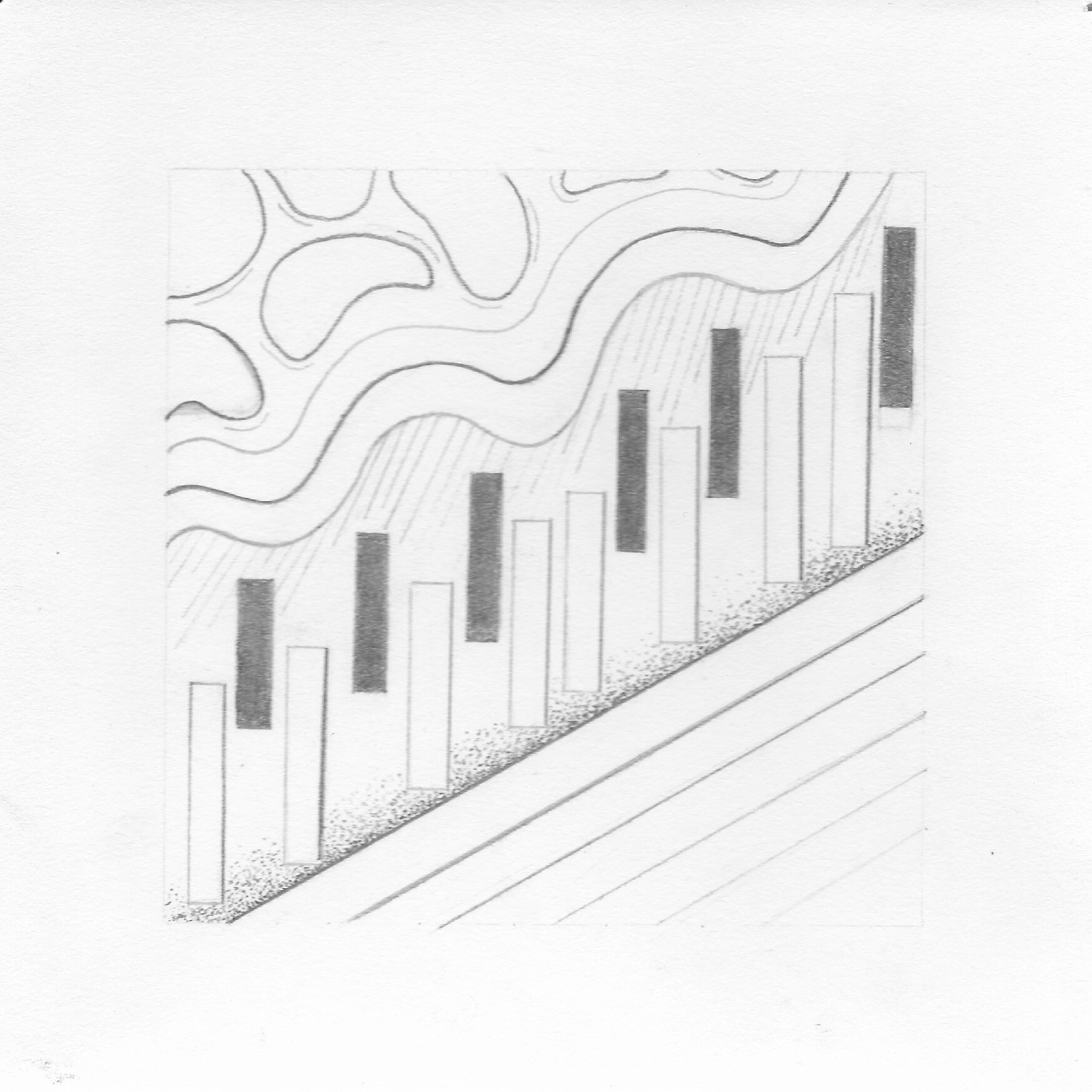
0:00 - 1:50 | the addition of each instrument and how they build off of each other—rising in and fading out smoothly to create an elaborate flow.
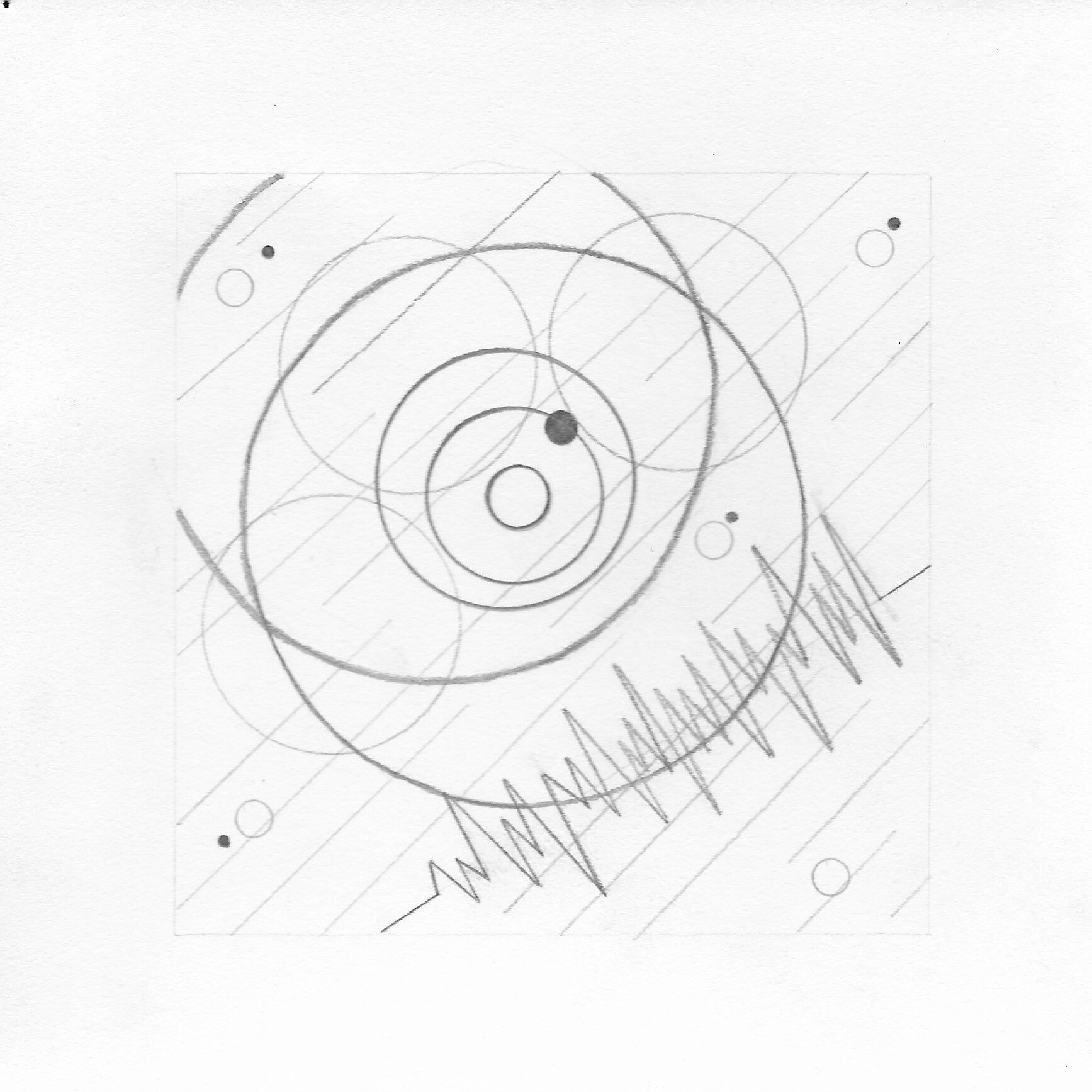
0:00 - 2:58 | the overall vibe of the composition that feels like the color blue; perhaps it's because every sound plays the tune of a rainy day.
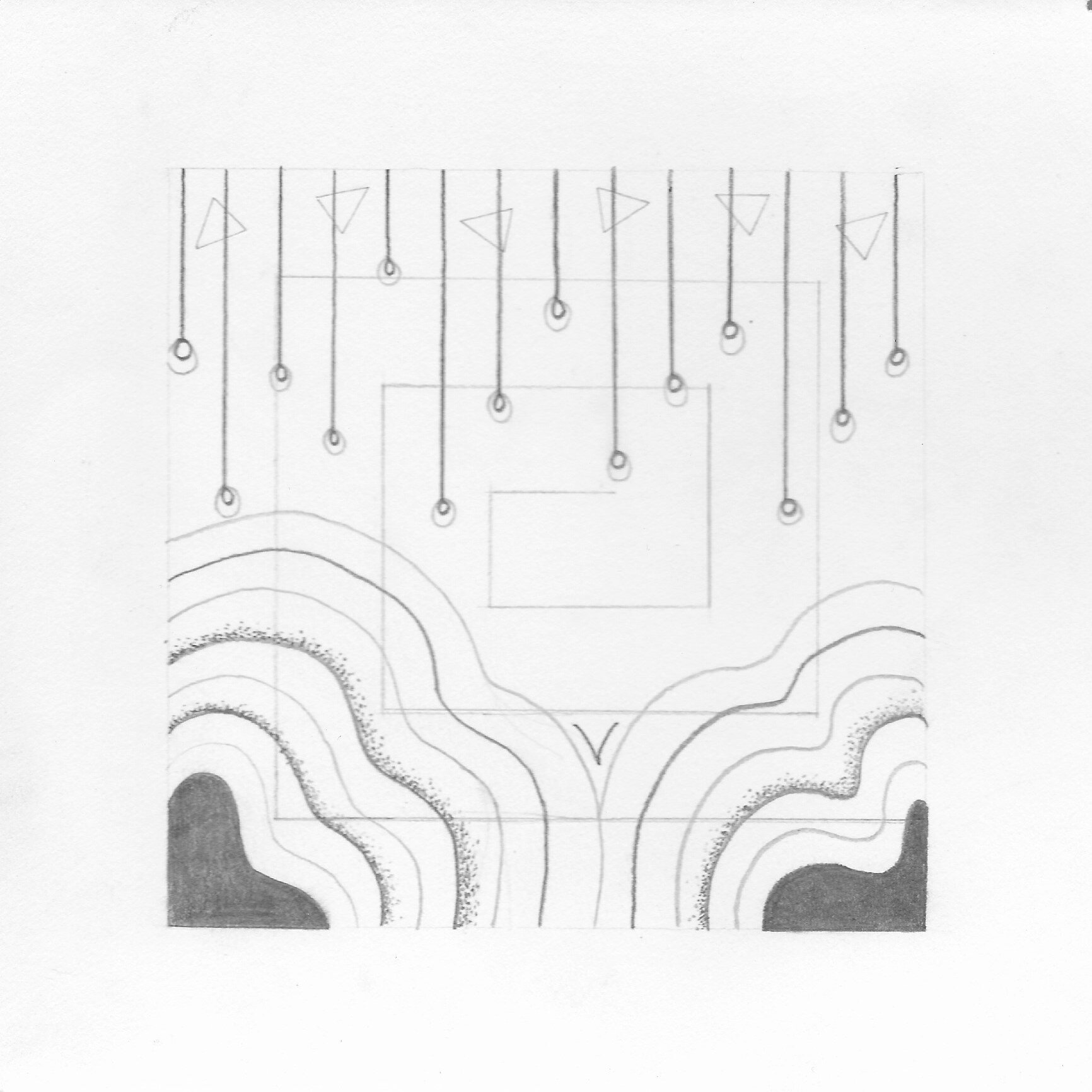
1:50 - 2:23 | the hopeful climax and cheeriest part of the song that feels like a sun setting after a long period of darkness, waiting to rise once again.

0:05 - 1:07 | the squeak from the guitar strings as fingers slide up and down the instrument's neck, jumping from fret to fret for a new melodic sound.

1:04 - 1:07 & 1:48 - 1:51 | the electronic yet windy rush between different sections of the piece, identifying where and when the transition occurs.

1:08 - 2:22 | an explosion of sounds leading towards a rapid transition into a bright and airy vibe, bringing peace but also a subtle moment of nostalgia.
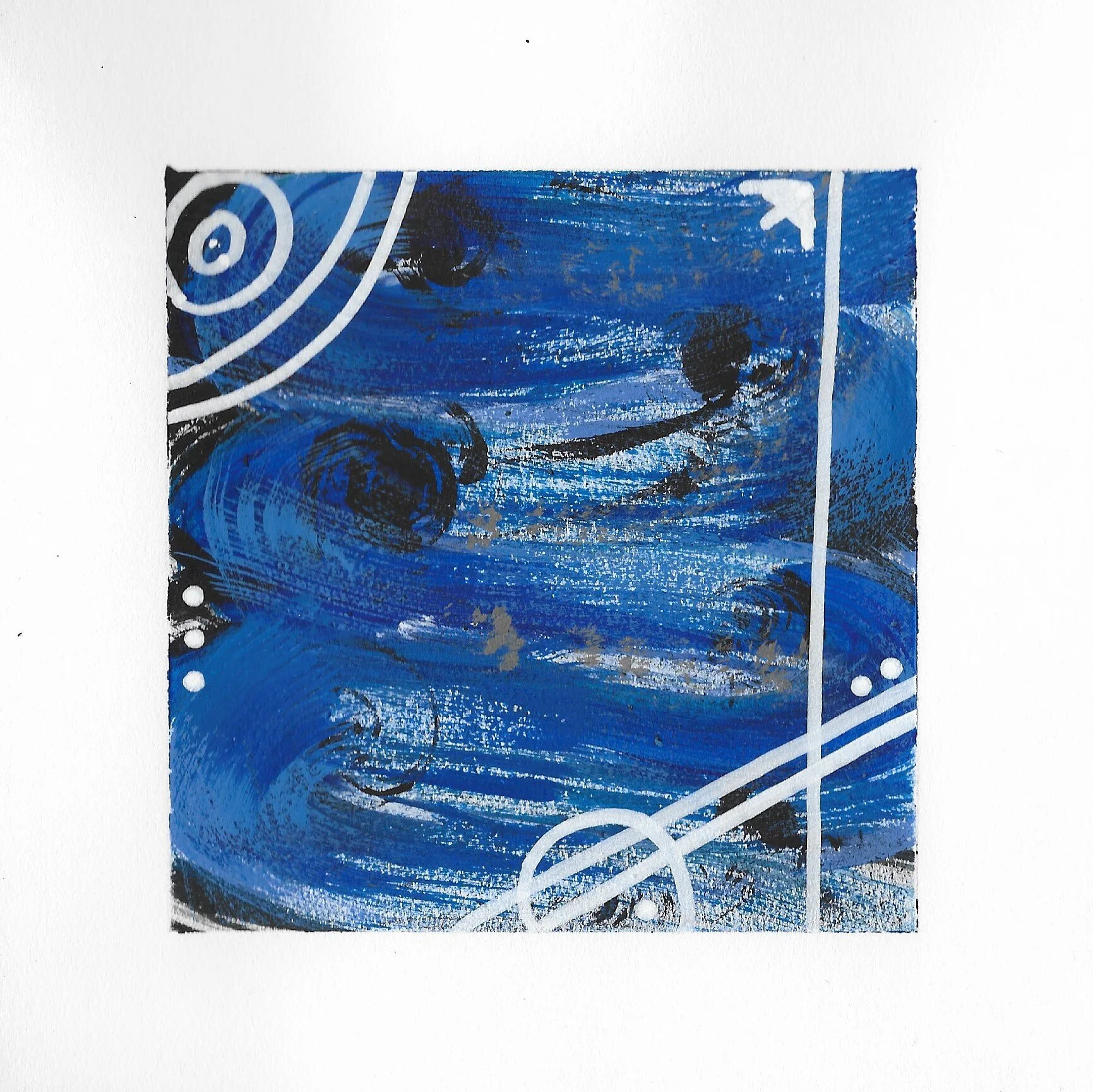
0:00 - 1:00 | a mix between the soft piano heard behind a simple beat and the slow tempo that seems to encapsulate a deep sense of sorrow.
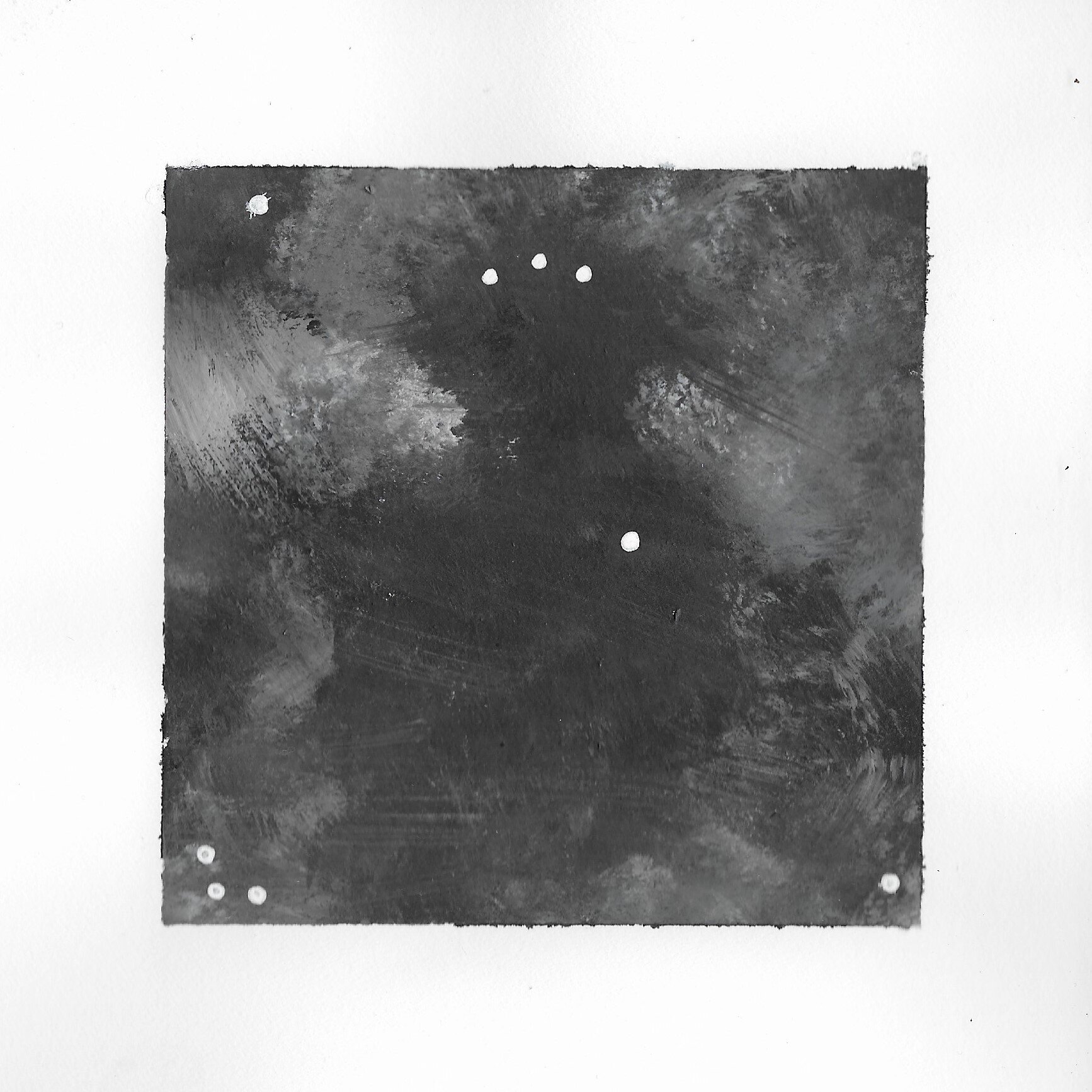
1:05 - 1:50 | a rush of many new sounds all at once, including shaky vocal chops that force you to experience both a chaotic and confusing collection of emotions.
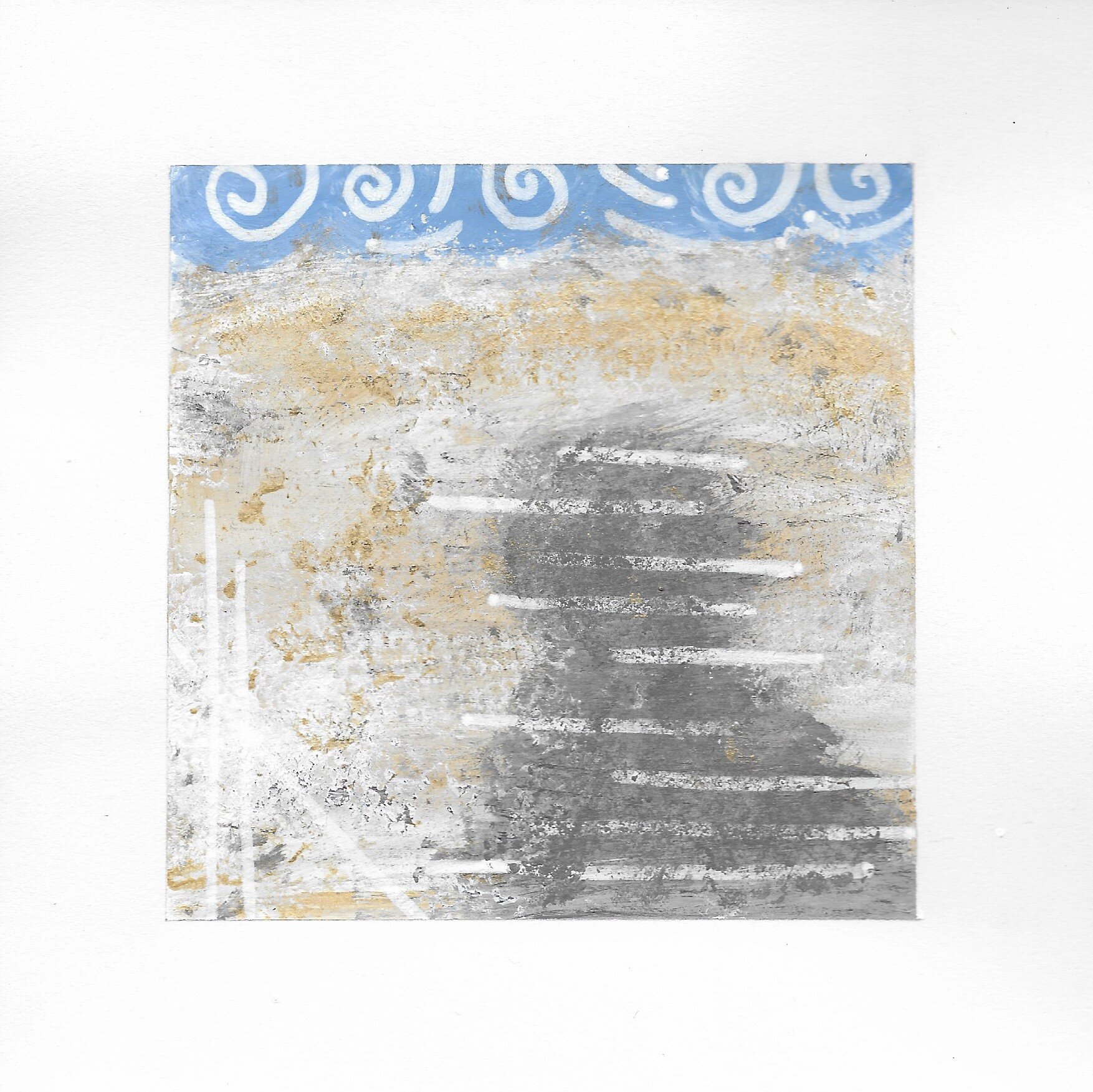
1:51 - 2:58 | the introduction of a mellow guitar riff that resembles resolution and a return to the beginning—only this time, it doesn't sound so sad.
For my second set of nine abstract compositions, each row needed to follow a theme. These nine were to represent an even more zoomed in moment within our chosen musical piece. I was inspired by my original third set and decided to make each of my new sets a different stage of grief: denial, depression, and acceptance. Though there are technically five stages of grief, I wanted to focus on the three I felt most strongly within the song and the three that have been most prevalent for me throughout my life when coping with loss.
The first stage of denial takes us around in circles, running around the situation and the negative emotions but never truly facing towards anything.
Depression is where we crash—and not in a way that can be shifted into inspiration, but instead, in a way that makes us disappear into ourselves.
Acceptance does not protect us from feeling any of these feelings. It takes some of the weight off of our shoulders but will always drag the dark and twisty along with us, perhaps just in a smaller package. Life goes on from here but never forgets the life that impacted us before.
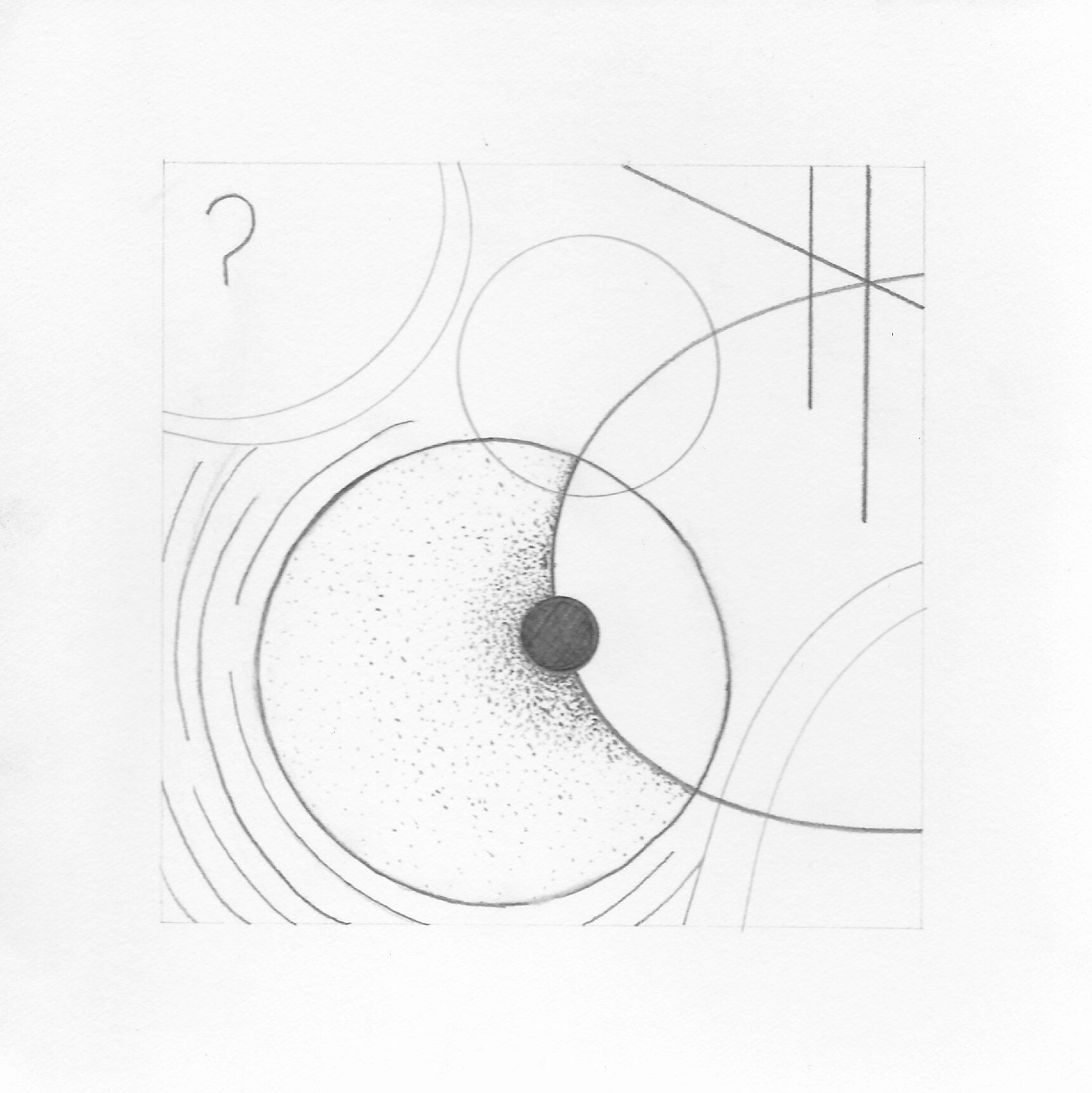
DENIAL | ONE
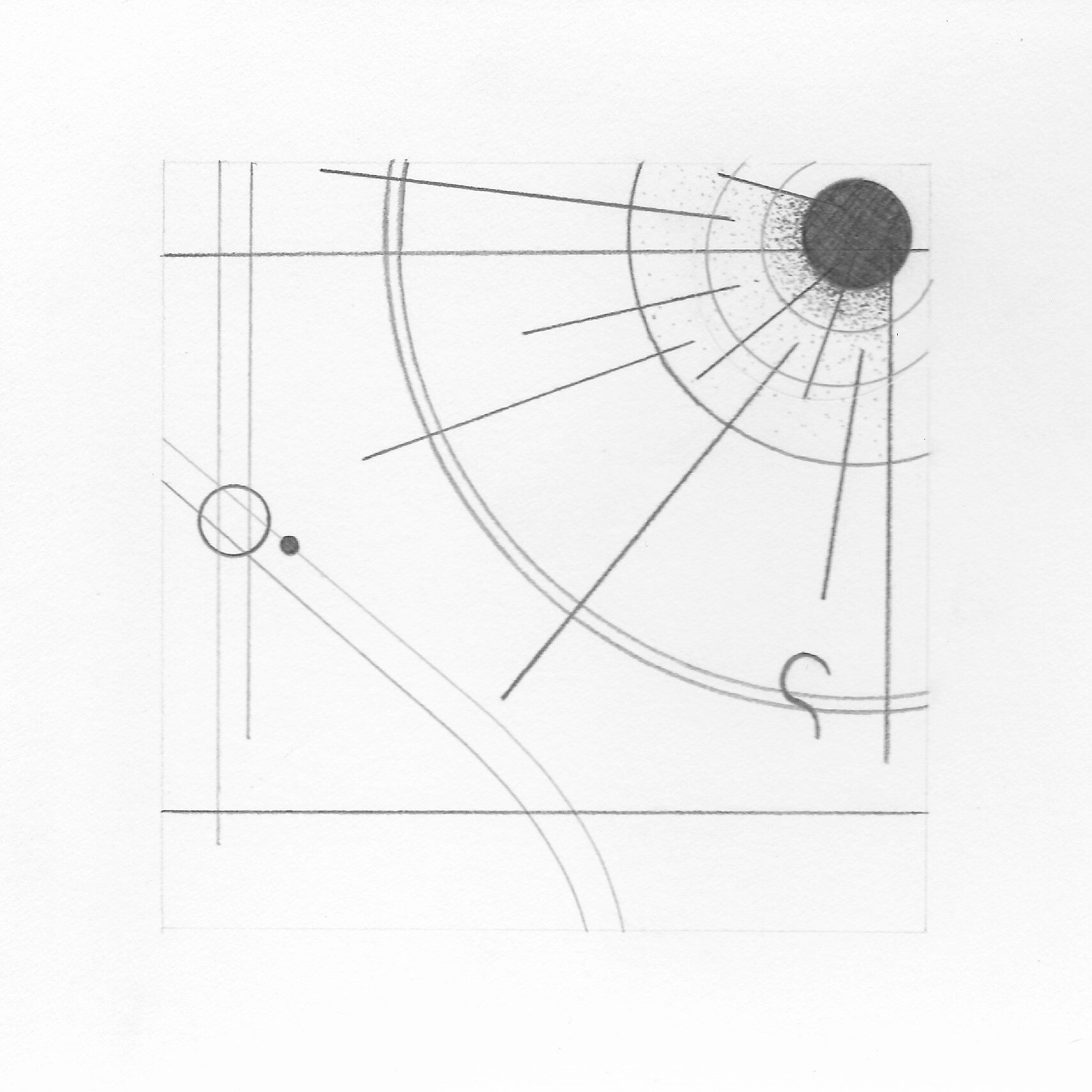
DENIAL | TWO
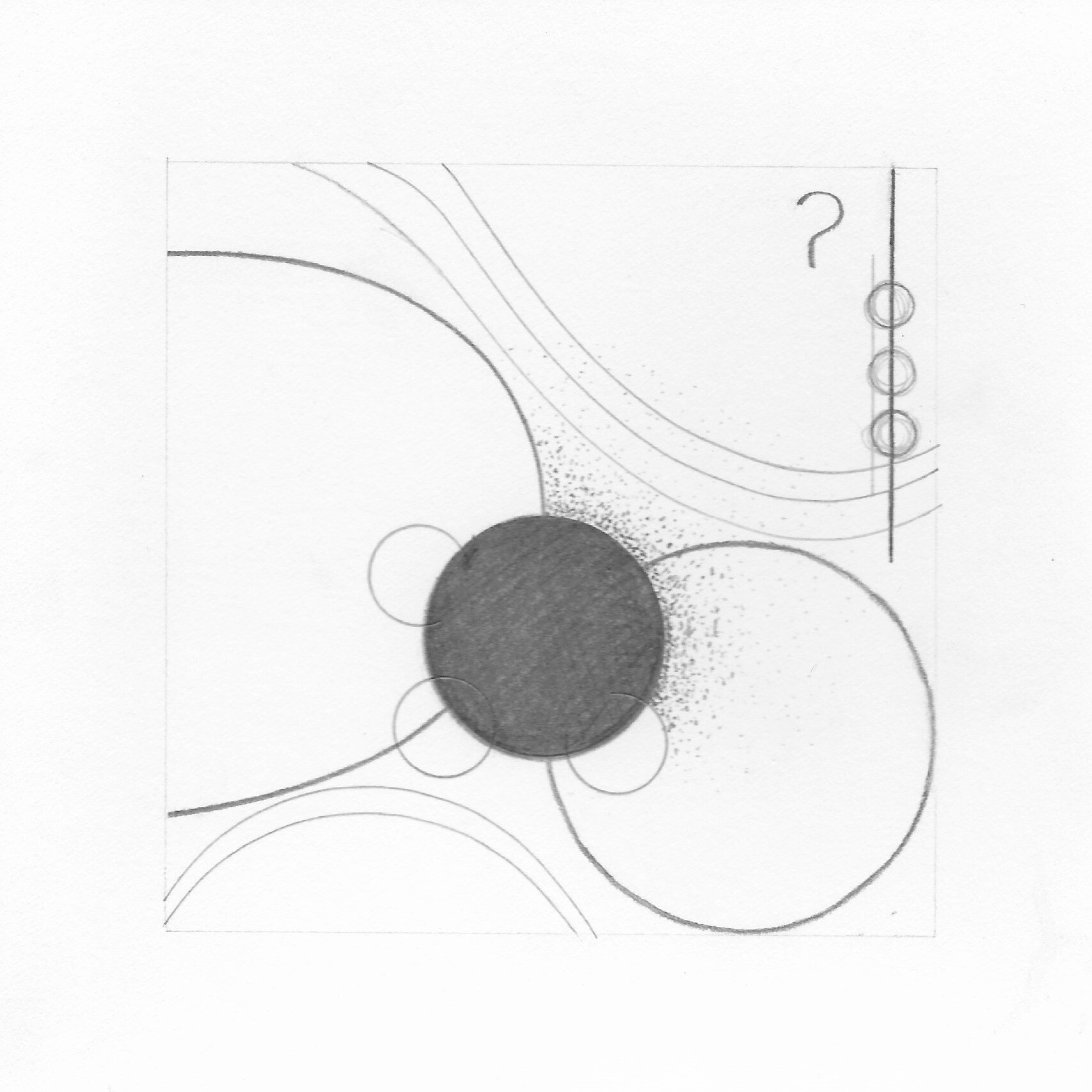
DENIAL | THREE

DEPRESSION | ONE

DEPRESSION | TWO
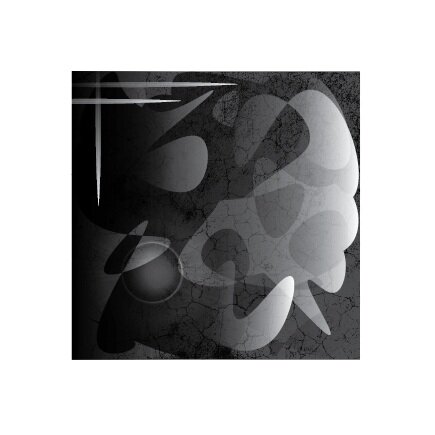
DEPRESSION | THREE
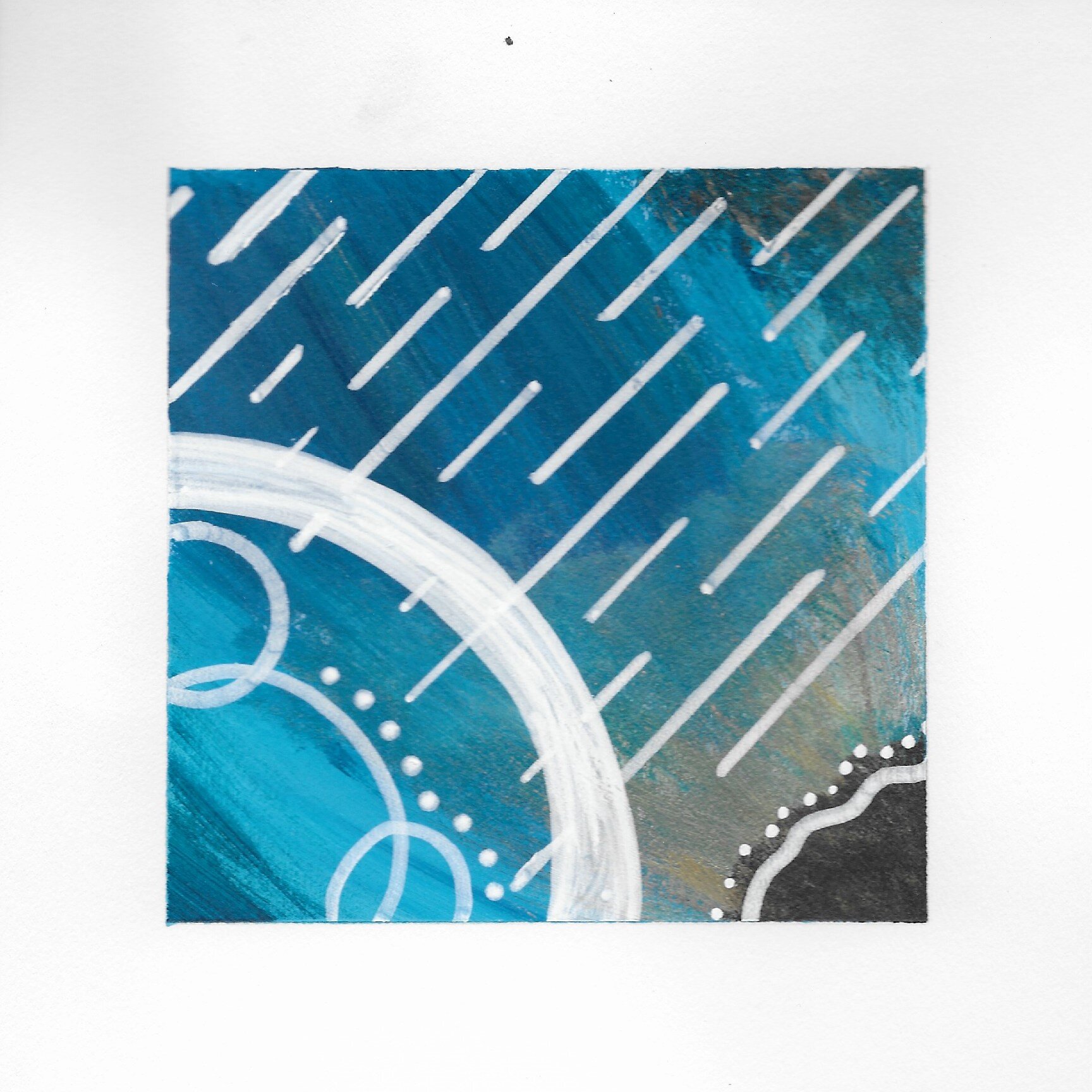
ACCEPTANCE | ONE
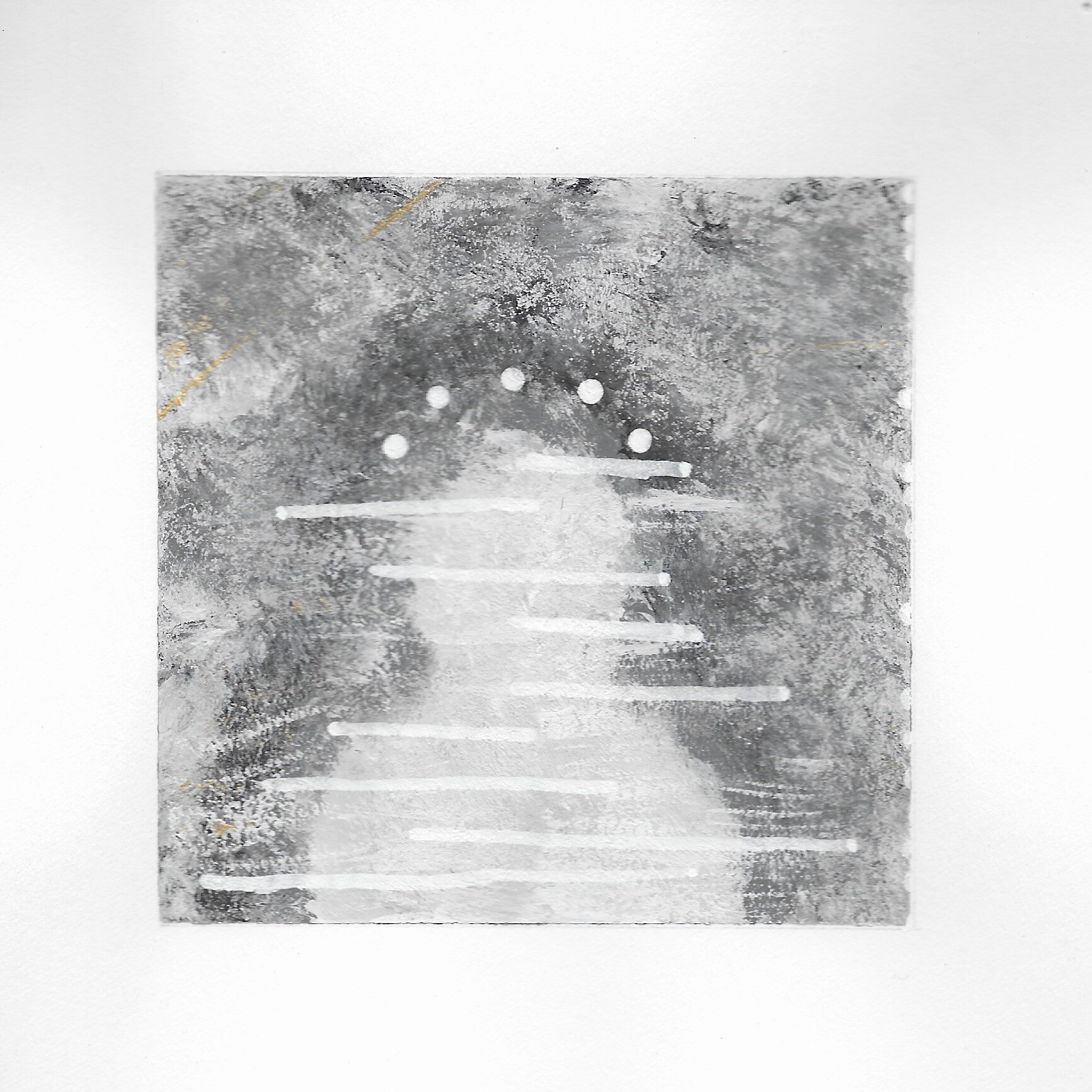
ACCEPTANCE | TWO

ACCEPTANCE | THREE
From there, I moved into 3d modeling—creating a volumetric sequence model and pathway model out of “found” materials that would later become an inhabited space. The images below show my first attempt at a sequence model, my chosen model, and my final model after creating different apertures through the “walls.”










The next images show photographs of my physical “pathway model” constructed out of a variety of “found” materials, as well as a 3D version of it incorporated outside of and within my “sequence model.”
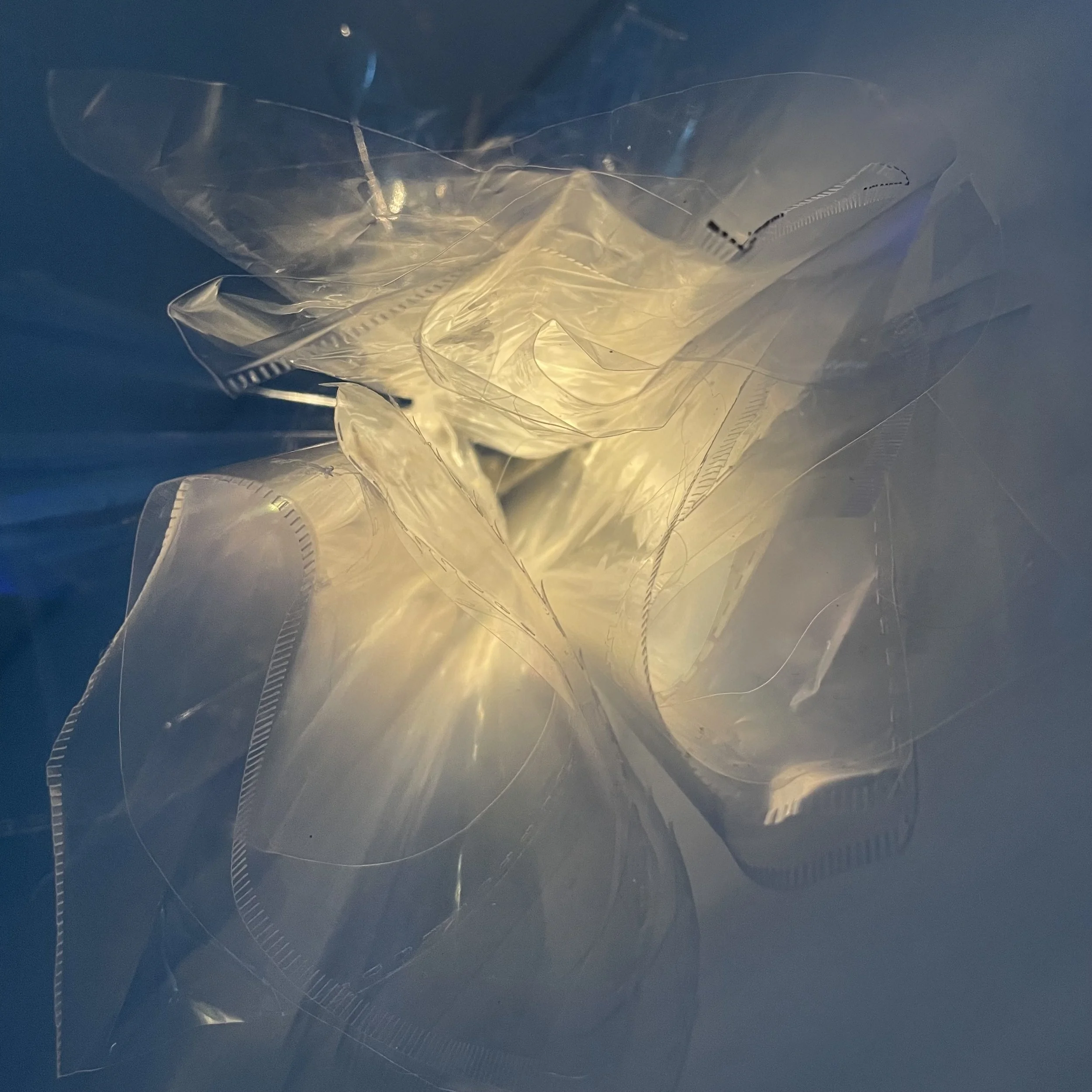
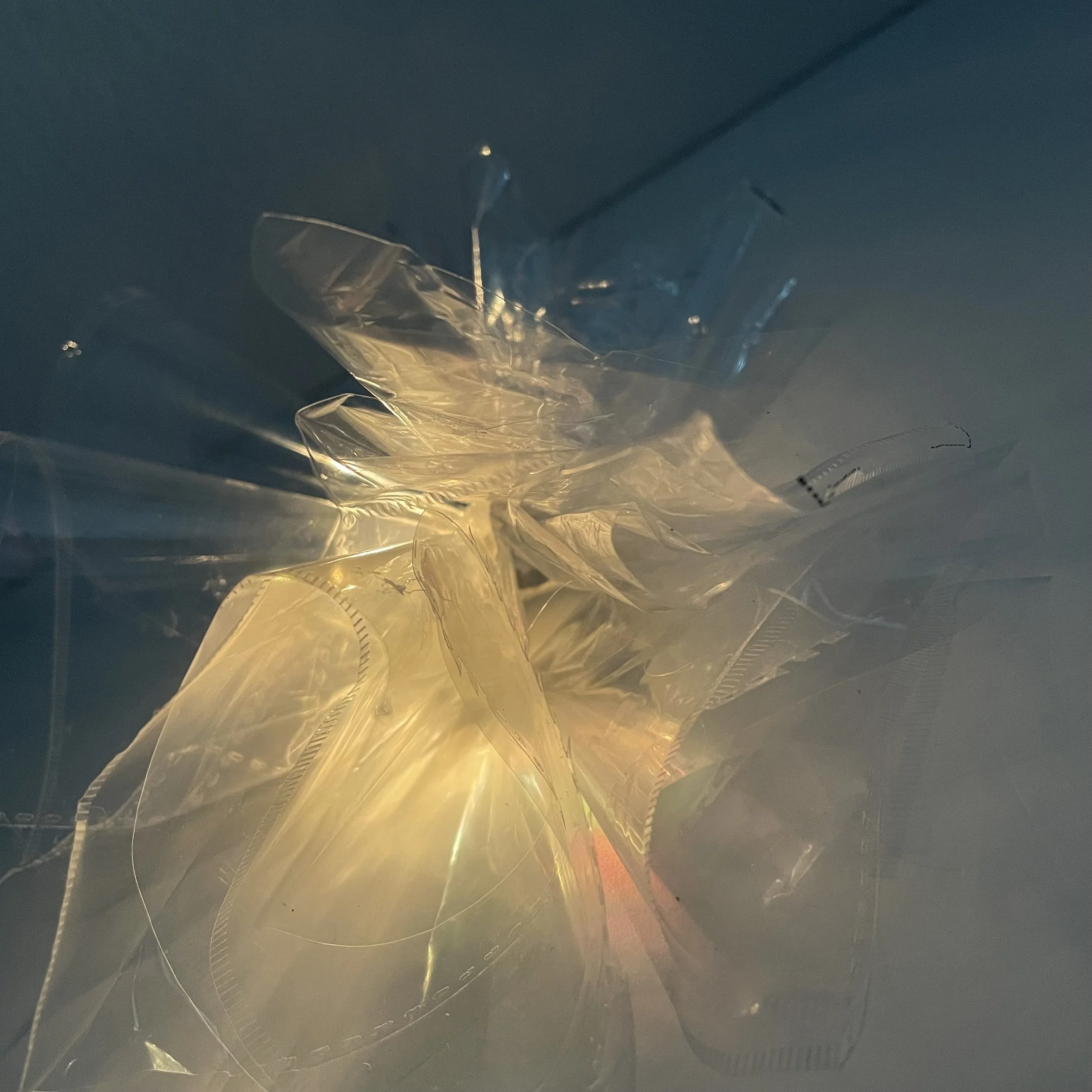
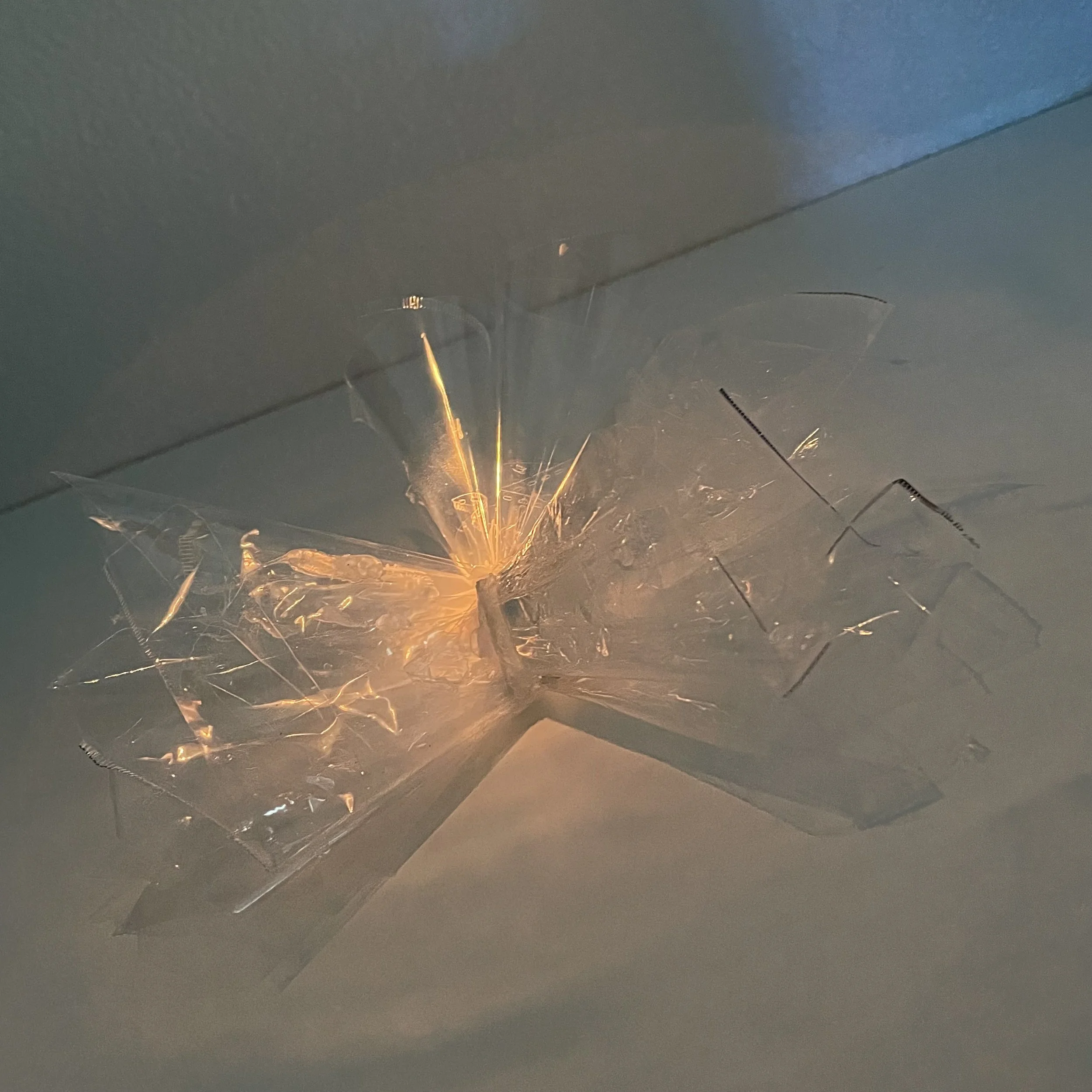



The inhabited spaces were formed towards the end of the project by making a section cut through the sequence model.
I decided to submerge my space in water because there was something very metaphorical to me about an inhabited space for humans that is centered in the middle of the ocean. It creates a very somber and slightly horrifying environment that is less about stimulation and more about reflection.

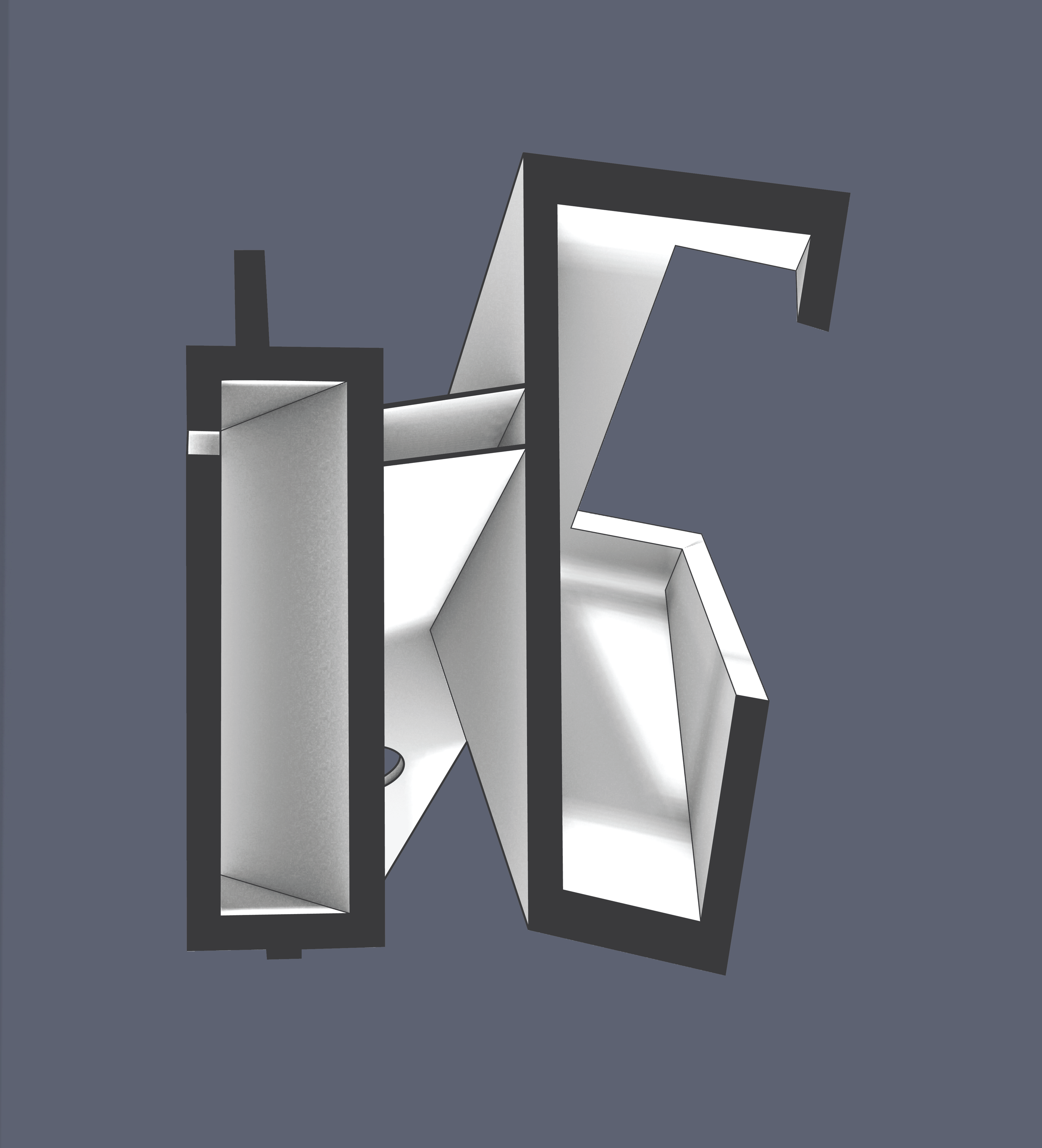
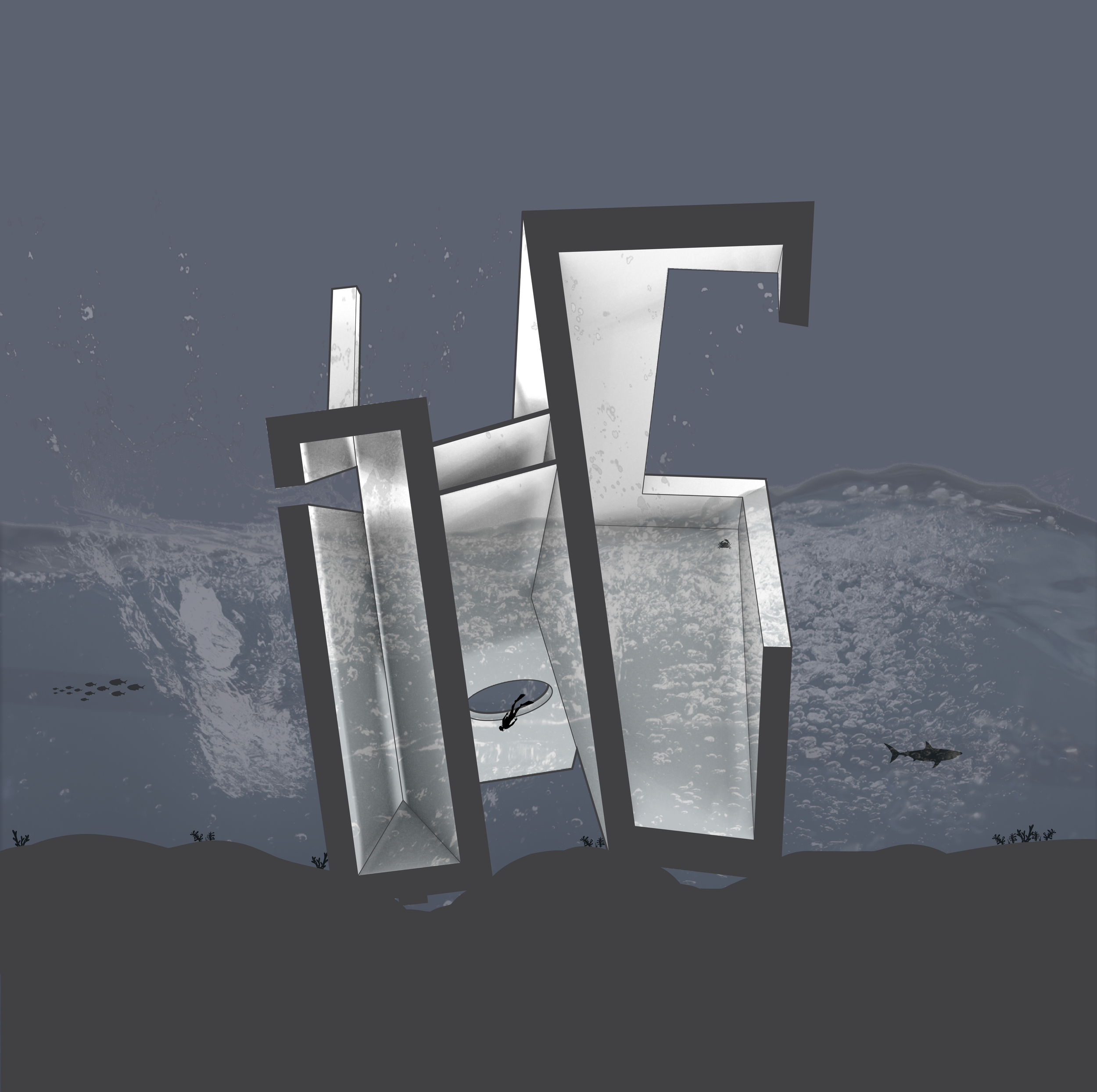
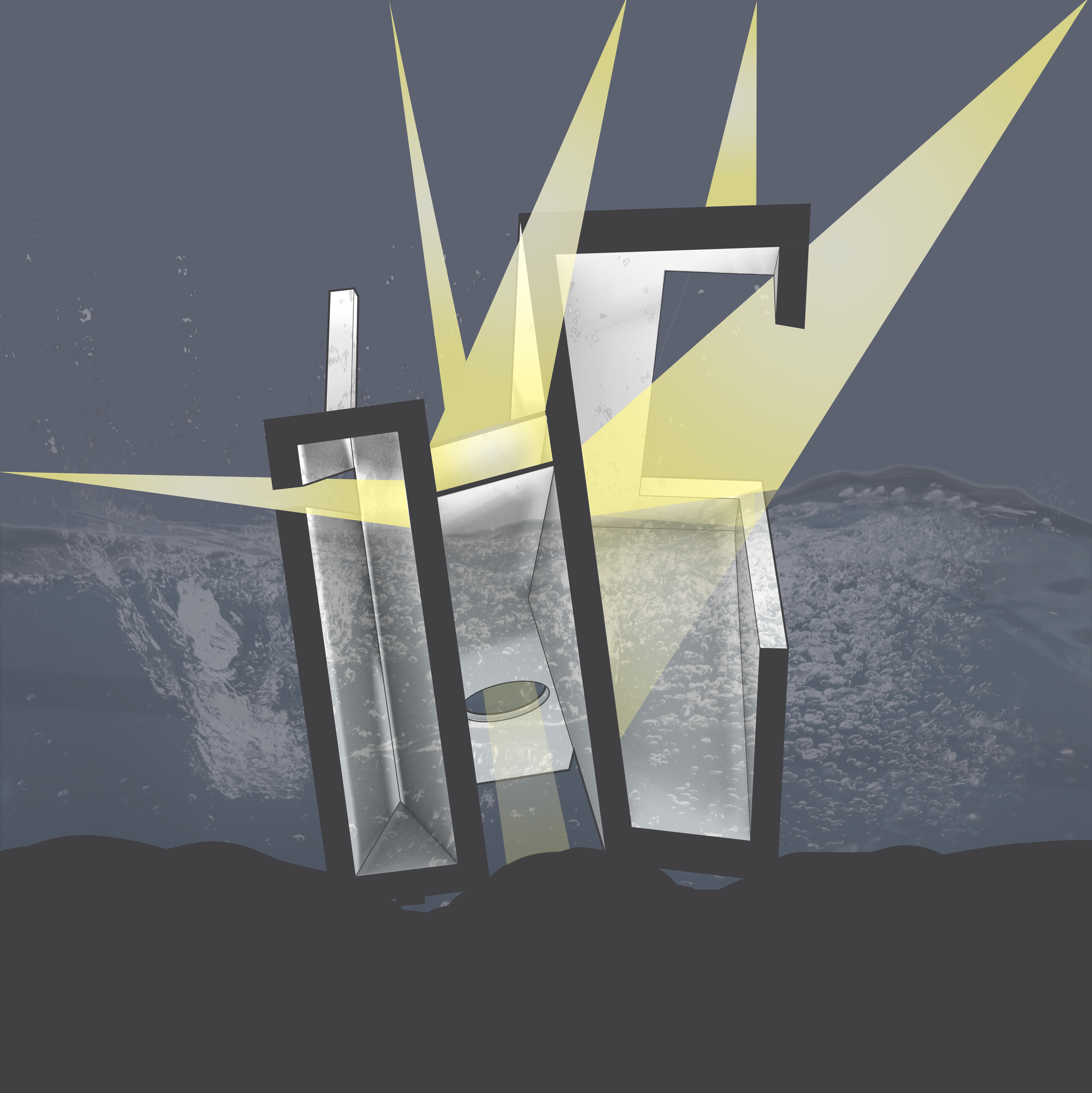

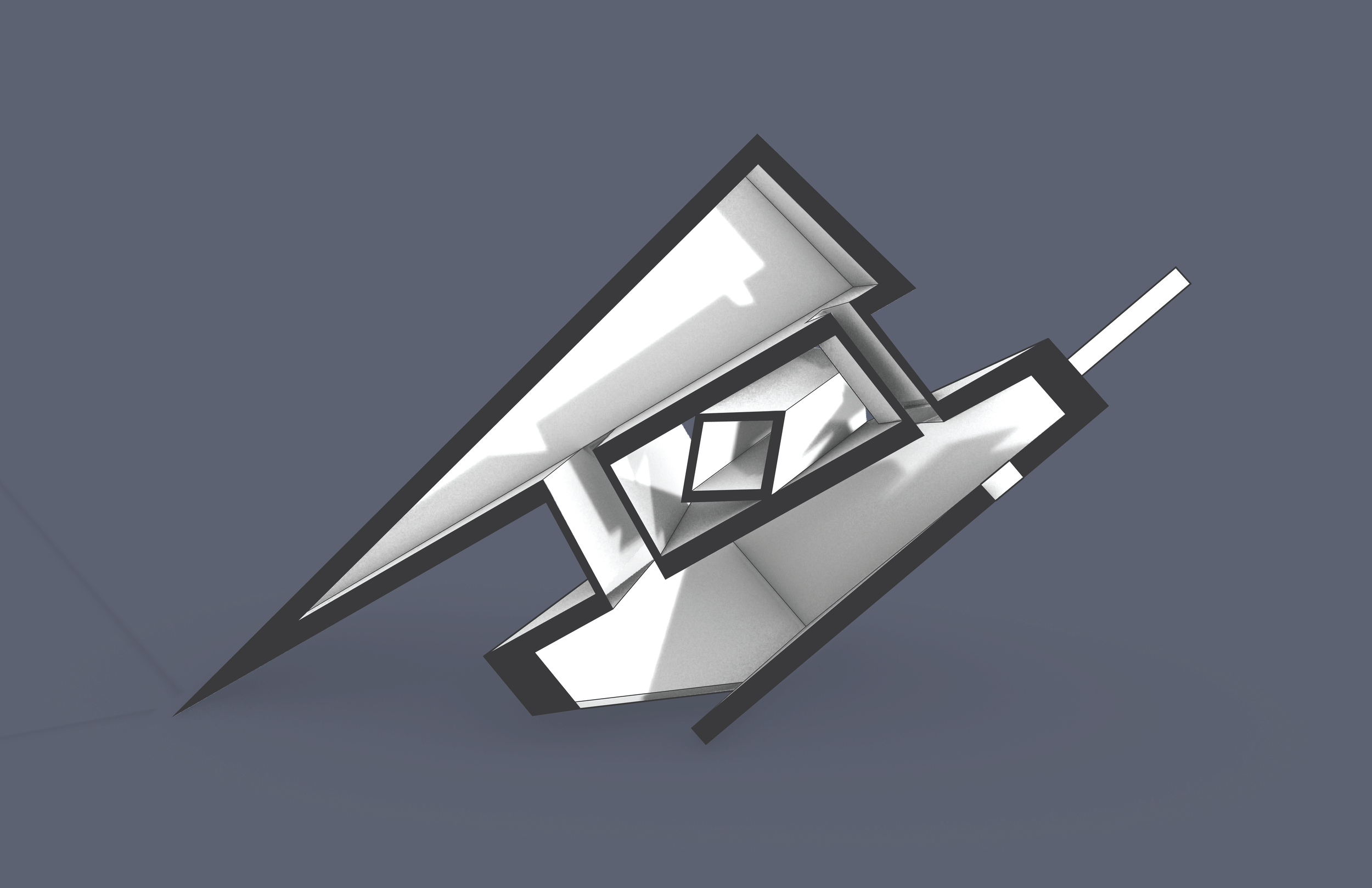

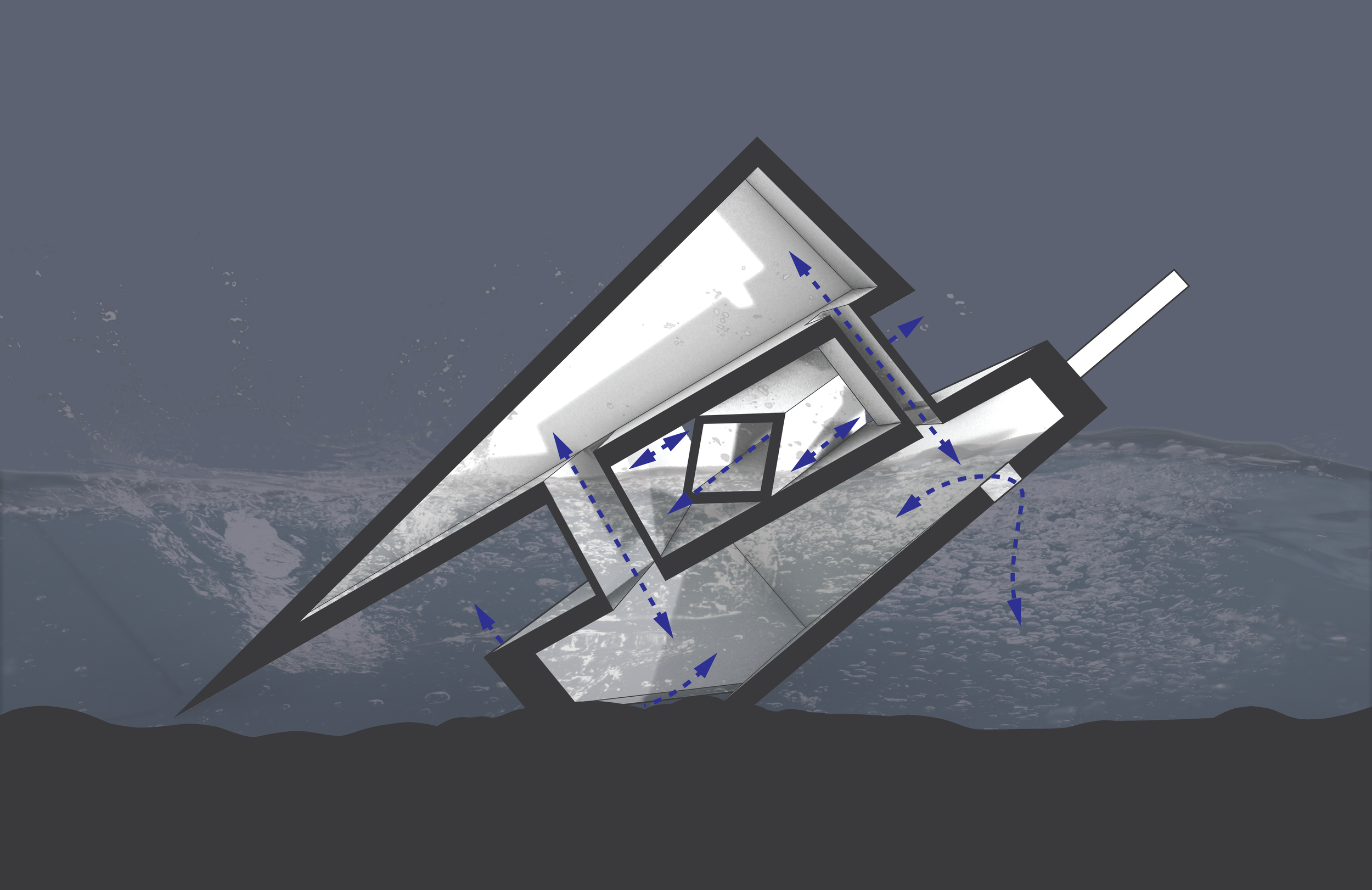
**I dedicate this project to my father, David M. Kuhn (1961-2019).